The ocean is a vast, mysterious realm, covering over 70% of our planet yet largely unexplored. Beneath the waves lies a world filled with secrets that baffle scientists and ignite our imagination. From enigmatic creatures to unexplained phenomena, the depths of the ocean hold mysteries that challenge our understanding of nature. In this article, we delve into the top 13 unexplained mysteries from the depths of the ocean, shedding light on the wonders and enigmas that continue to intrigue and inspire discovery.
Origins of Earth’s Water

One of the most profound mysteries of the ocean is the origin of Earth’s water. Scientists debate whether water was delivered to Earth by icy comets or if it was a result of volcanic activity from the planet’s mantle. The Earth’s early formation was marked by extreme heat, which should have vaporized any initial water. Understanding how our planet acquired and retained its vast oceans is crucial, as water is the foundation for life. This mystery extends beyond Earth, influencing our search for life on other planets. Research into ancient minerals and volcanic gases continues, but the definitive source of Earth’s water remains elusive.
Missing Ocean Plastic

Despite the staggering amount of plastic produced and discarded globally, only a small fraction is visible in the oceans. This “missing” plastic is one of the most perplexing oceanic mysteries. Researchers speculate that it could be breaking down into microplastics, sinking to the ocean floor, or being consumed by marine organisms. Understanding the fate of this plastic is essential for assessing its environmental impact. Current efforts involve tracking plastic movement through ocean currents and studying deep-sea sediments, but the complete pathways and transformations of oceanic plastic pollution remain largely unknown.
Rogue Waves
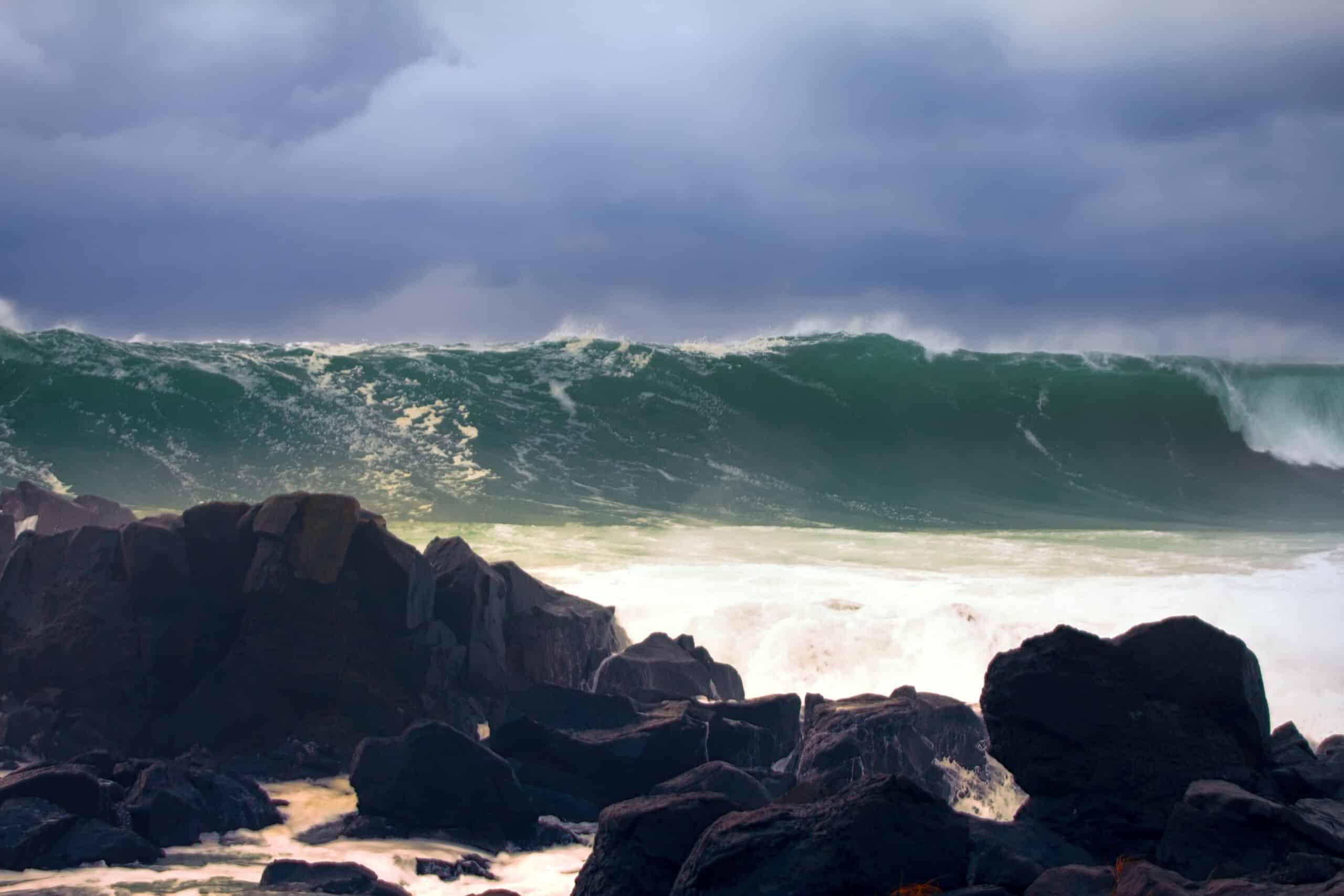
Rogue waves are massive, unexpected waves that can reach heights of over 100 feet, appearing seemingly out of nowhere. Unlike tsunamis, which are triggered by seismic activity, rogue waves have no clear origin. They have been responsible for numerous maritime disasters, often appearing in calm seas. The phenomenon was confirmed in 1995 when an oil platform recorded a 95-foot wave. Scientists are still investigating the mechanics behind these waves, with theories ranging from the constructive interference of smaller waves to the influence of ocean currents. Understanding rogue waves is vital for maritime safety and navigation.
Whale Strandings
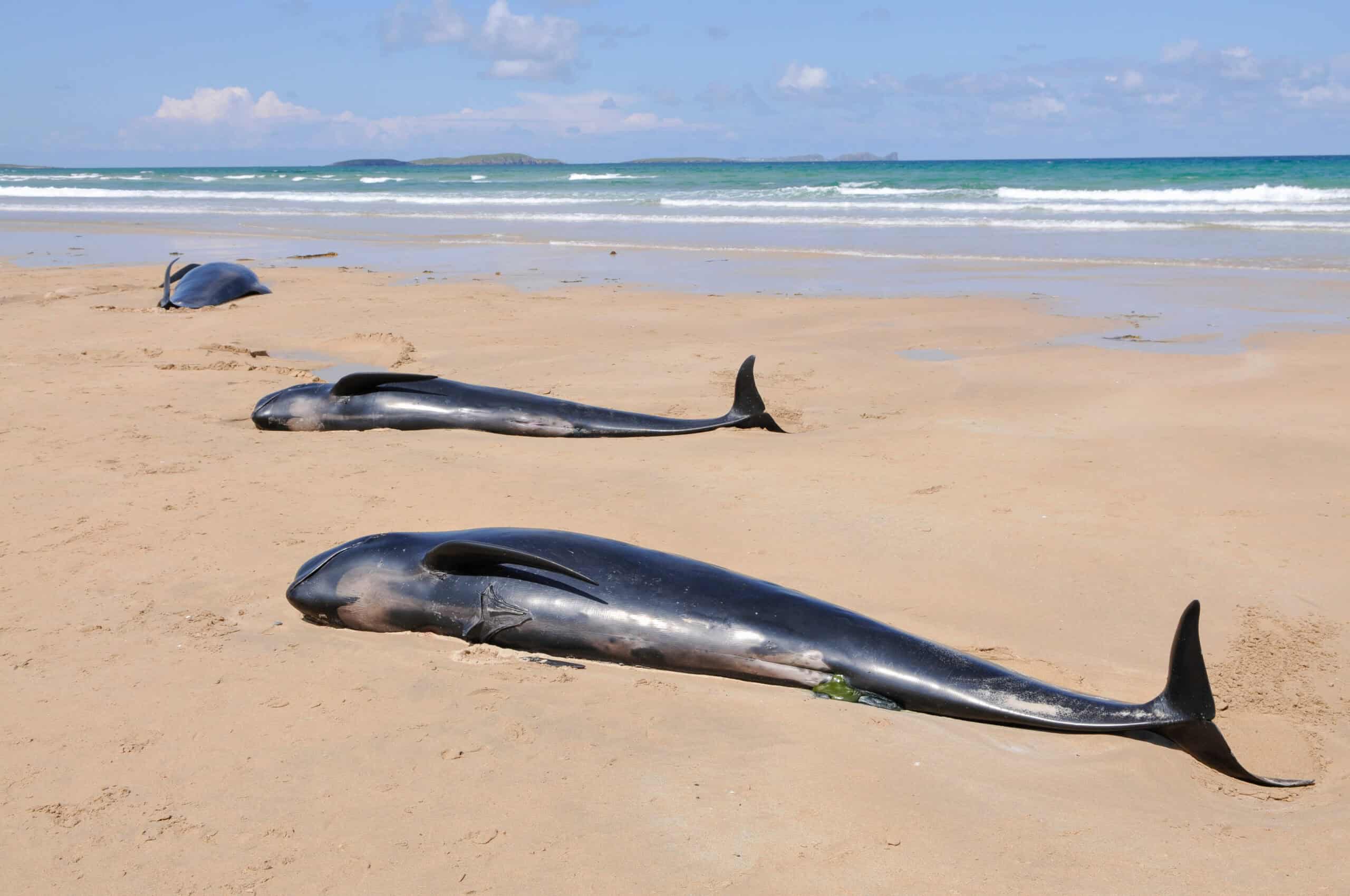
Whale strandings, where whales beach themselves in large numbers, have puzzled scientists for decades. Various factors have been proposed, including naval sonar interference, geomagnetic anomalies, and even changes in oceanic temperatures affecting their navigation. These strandings often lead to the death of the whales, making it crucial to understand the underlying causes to mitigate future occurrences. Researchers conduct necropsies and study the whales’ migration patterns, but the exact reasons for these tragic events remain speculative.
Octopus-Human Relationships

The documentary “My Octopus Teacher” sparked interest in the emotional and cognitive capacities of octopuses, raising questions about the potential for meaningful relationships between humans and these intelligent cephalopods. Octopuses have demonstrated problem-solving abilities, tool use, and individual personalities. While anecdotal evidence suggests they can form bonds with humans, scientific understanding of their emotional world is limited. This mystery touches on broader questions about animal consciousness and the nature of interspecies relationships.
The Twilight Zone
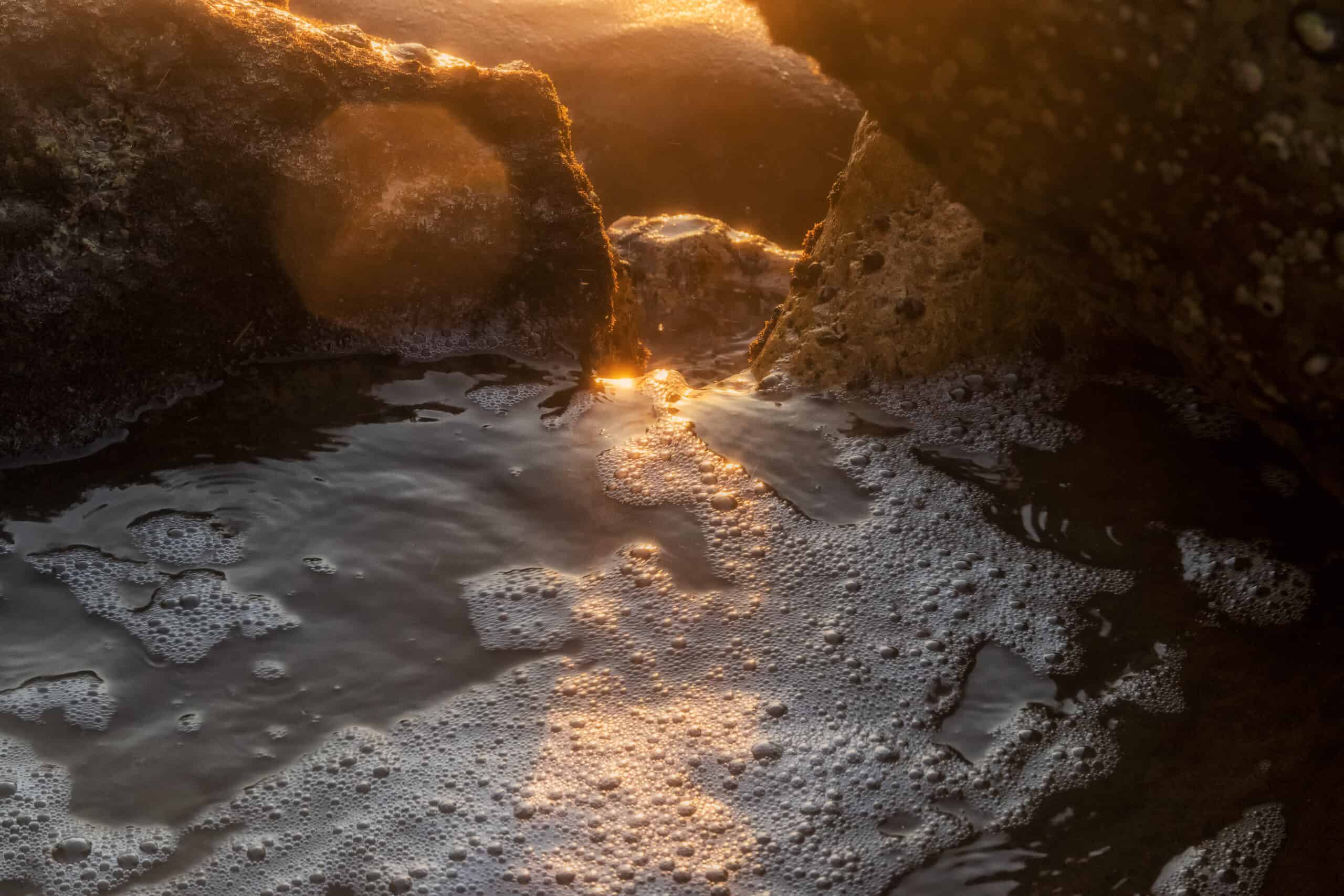
The mesopelagic zone, or “twilight zone,” lies between 200 and 1,000 meters below the ocean surface and is characterized by minimal sunlight. This zone is home to a diverse array of life forms adapted to the dark, including bioluminescent organisms and strange, gelatinous creatures. The sheer volume of biomass in this zone is thought to be immense, potentially exceeding that of all other fish combined. However, the twilight zone’s ecosystem remains largely unexplored due to the difficulties of deep-sea research, leaving many questions about its inhabitants and their roles in global carbon cycling.
Bioluminescence
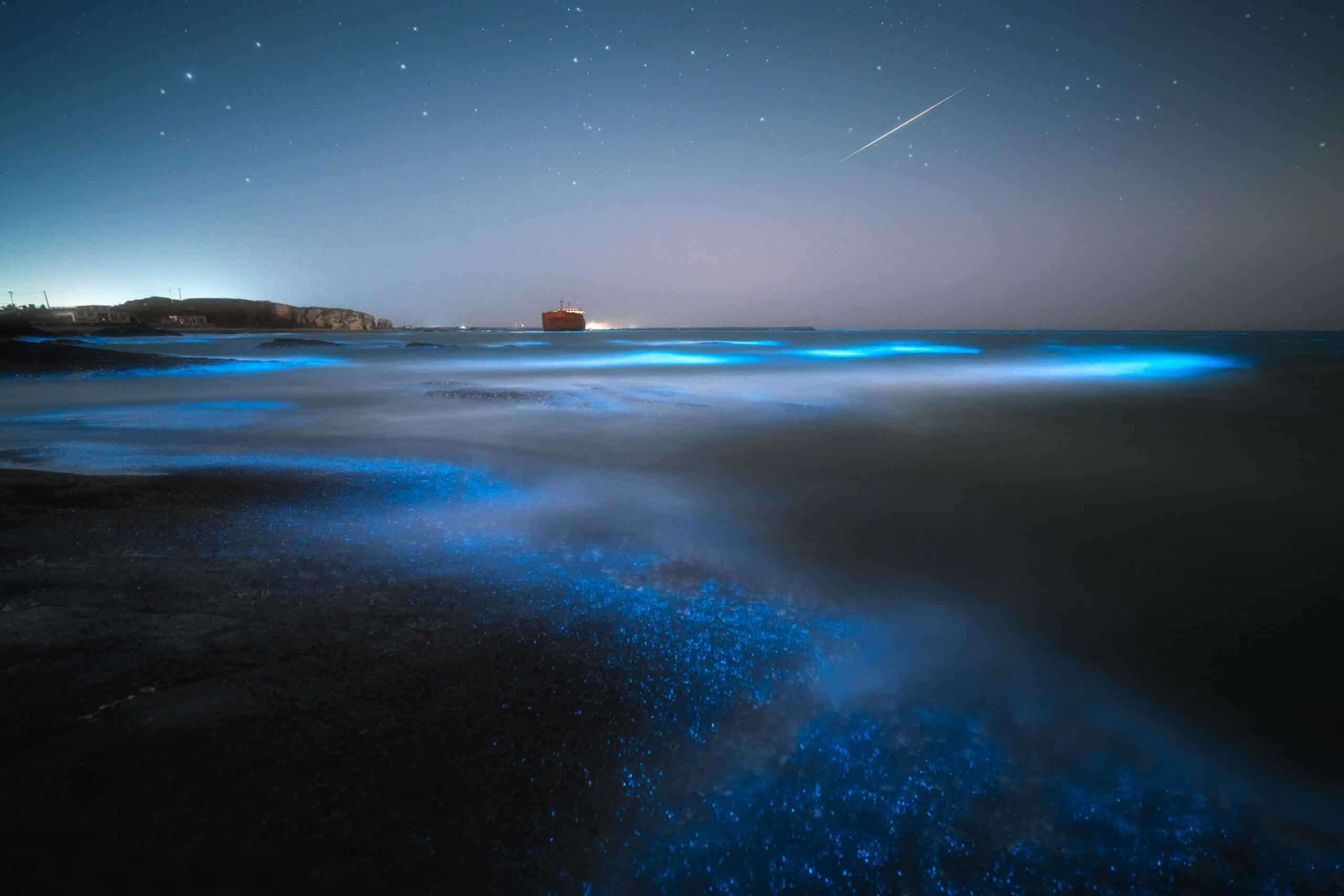
Bioluminescence, the ability of organisms to produce light, is a common phenomenon in the deep sea. Many marine creatures, from jellyfish to fish, use bioluminescence for various purposes, such as attracting prey, deterring predators, and communication. The biochemical processes behind this light production are well-understood, involving compounds like luciferin and luciferase. However, the evolutionary pathways and ecological significance of bioluminescence in different species remain subjects of active research. Each discovery sheds light on the complex interactions within the deep-sea environment.
Unmapped Ocean Floor
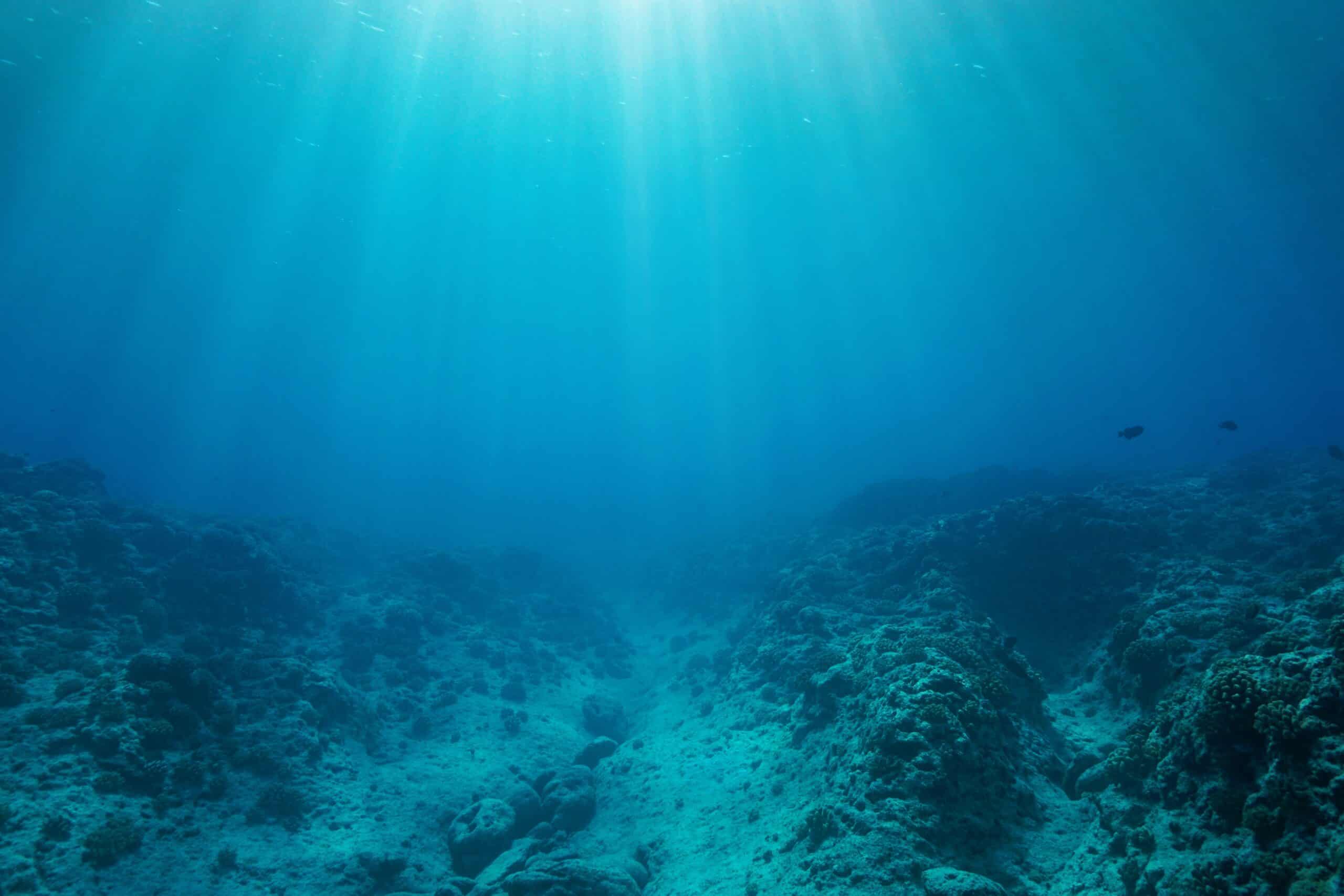
Despite advances in satellite and sonar technology, only about 20% of the ocean floor has been mapped with high resolution. The unexplored regions likely hold many geological features, such as underwater mountains, valleys, and potentially unknown ecosystems. Detailed mapping is crucial for understanding plate tectonics, earthquake prediction, and even finding new resources. Initiatives like Seabed 2030 aim to map the entire ocean floor by 2030, but the vastness and inaccessibility of the ocean present significant challenges.
Giant Squid
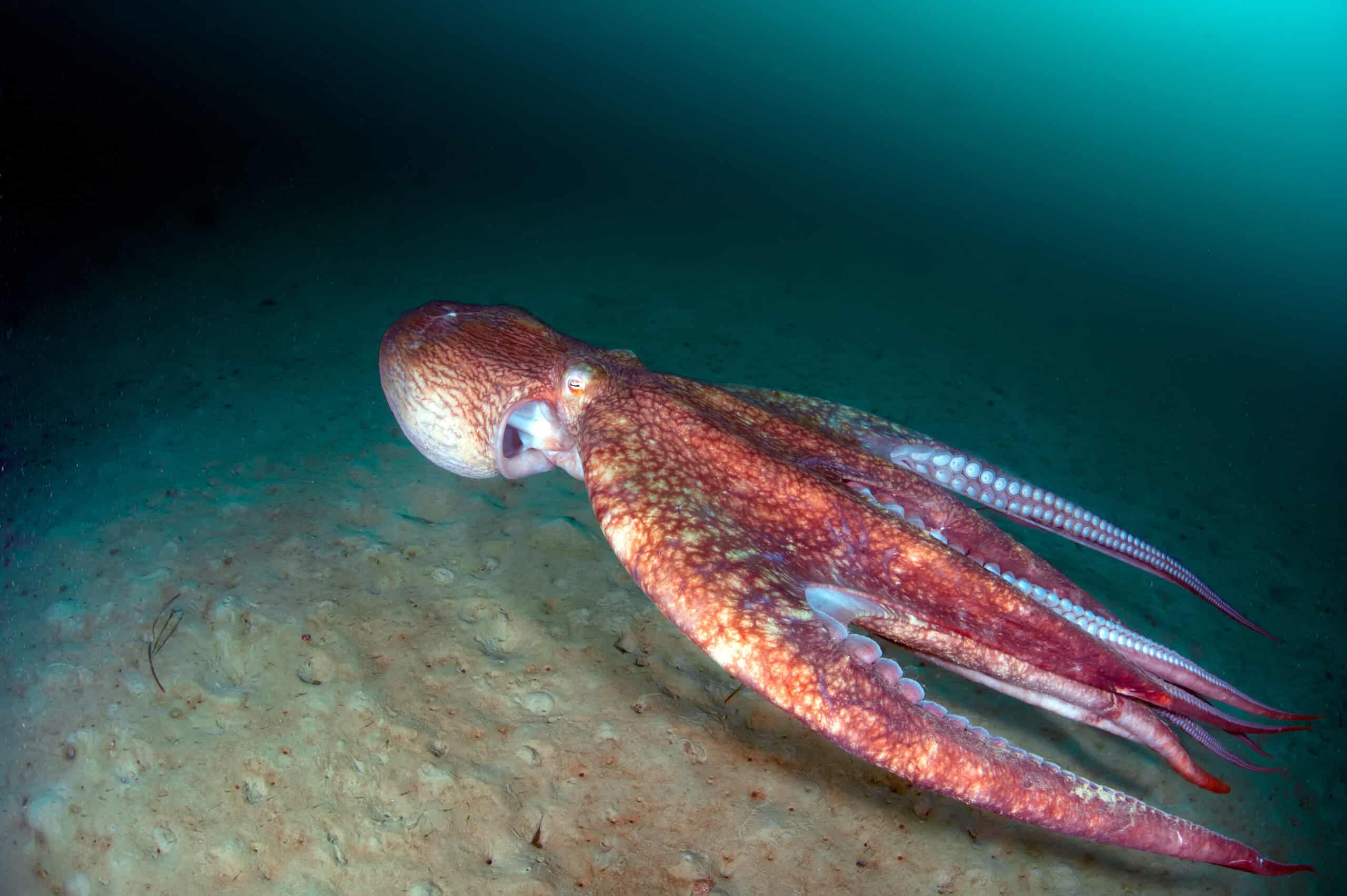
The giant squid (Architeuthis dux) has long been a creature of legend, known to ancient mariners as the Kraken. Despite its enormous size, reaching lengths of up to 43 feet, it remains elusive. The first images of a live giant squid were captured in 2004, and a live specimen was filmed in its natural habitat in 2012. Little is known about their behavior, breeding, or life cycle due to their deep-sea dwelling. Ongoing research aims to uncover more about these mysterious giants of the deep.
The Bermuda Triangle
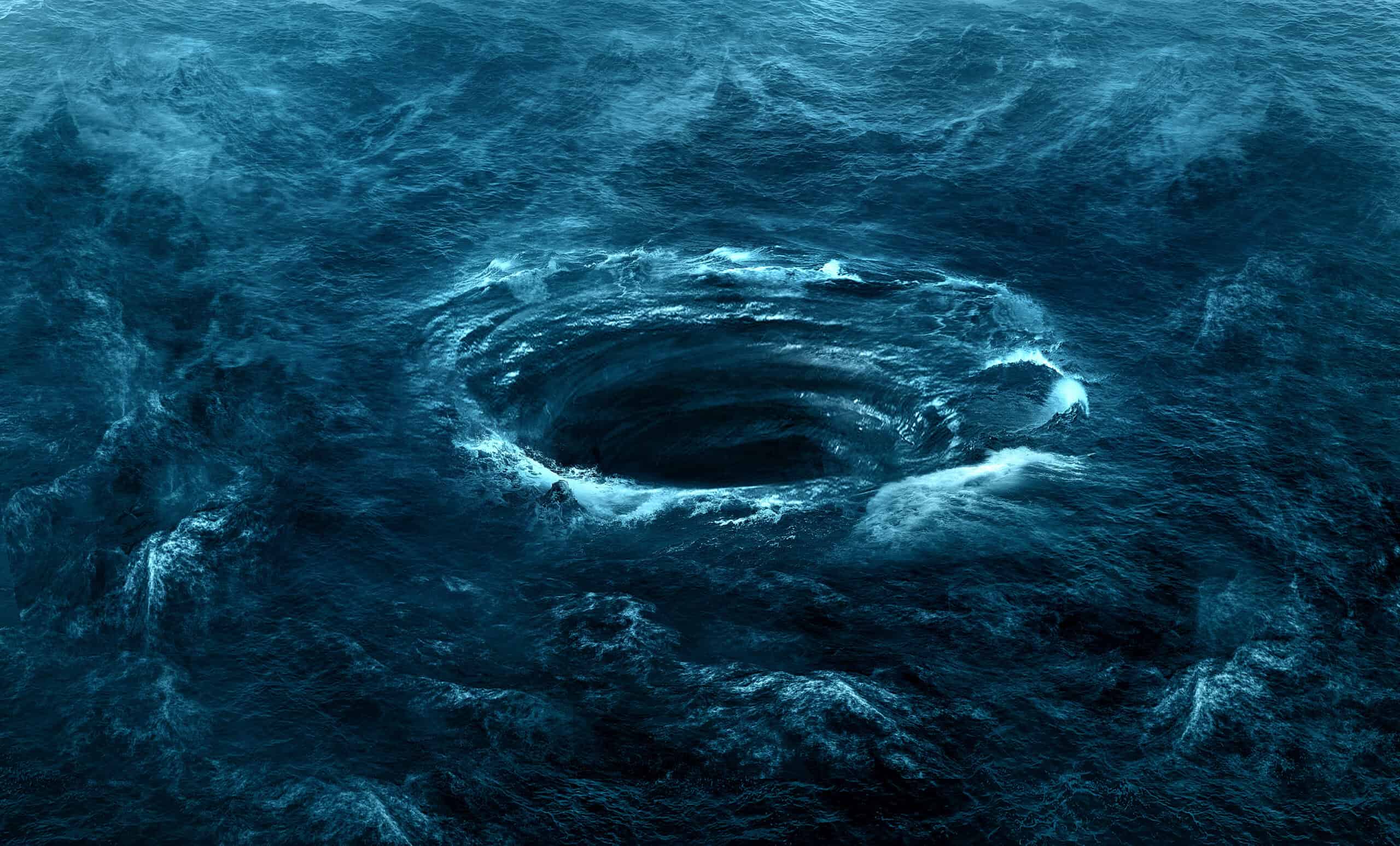
The Bermuda Triangle, an area in the western part of the North Atlantic Ocean, is infamous for the mysterious disappearances of ships and aircraft. Theories about these vanishings range from magnetic anomalies to alien abductions. Scientific explanations often point to navigational errors, natural disasters, and human factors. Despite extensive research, no single cause has been identified, and the area continues to be a hotspot for conspiracy theories and speculative investigation.
Mariana Trench
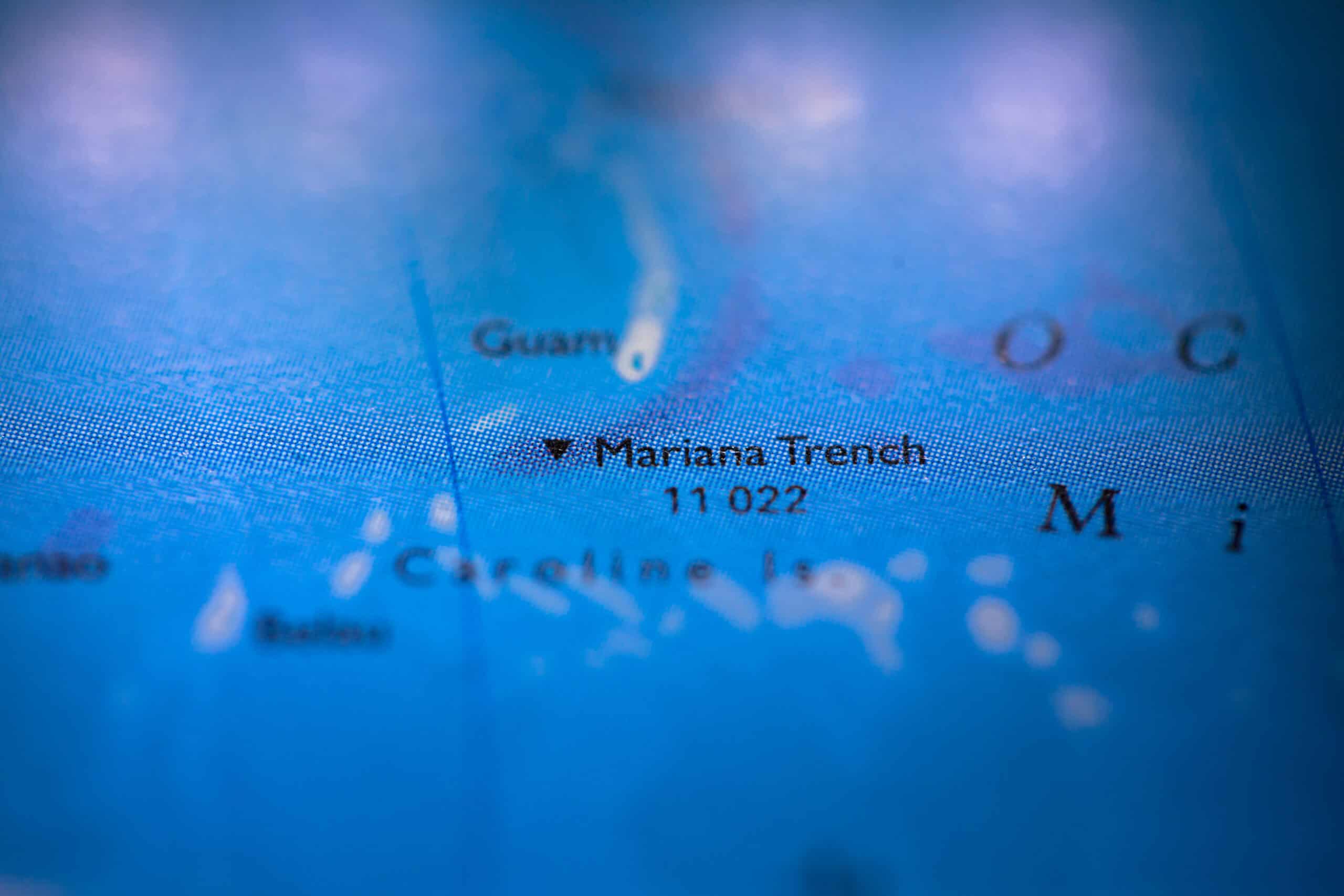
The Mariana Trench is the deepest part of the world’s oceans, reaching a depth of nearly 36,000 feet at the Challenger Deep. This extreme environment is characterized by complete darkness, frigid temperatures, and immense pressure. Despite these harsh conditions, the trench is home to unique and resilient life forms, such as amphipods and xenophyophores. Exploring the trench poses significant technical challenges, but each expedition reveals more about the adaptability of life and the geological processes shaping our planet.
Giant Oarfish
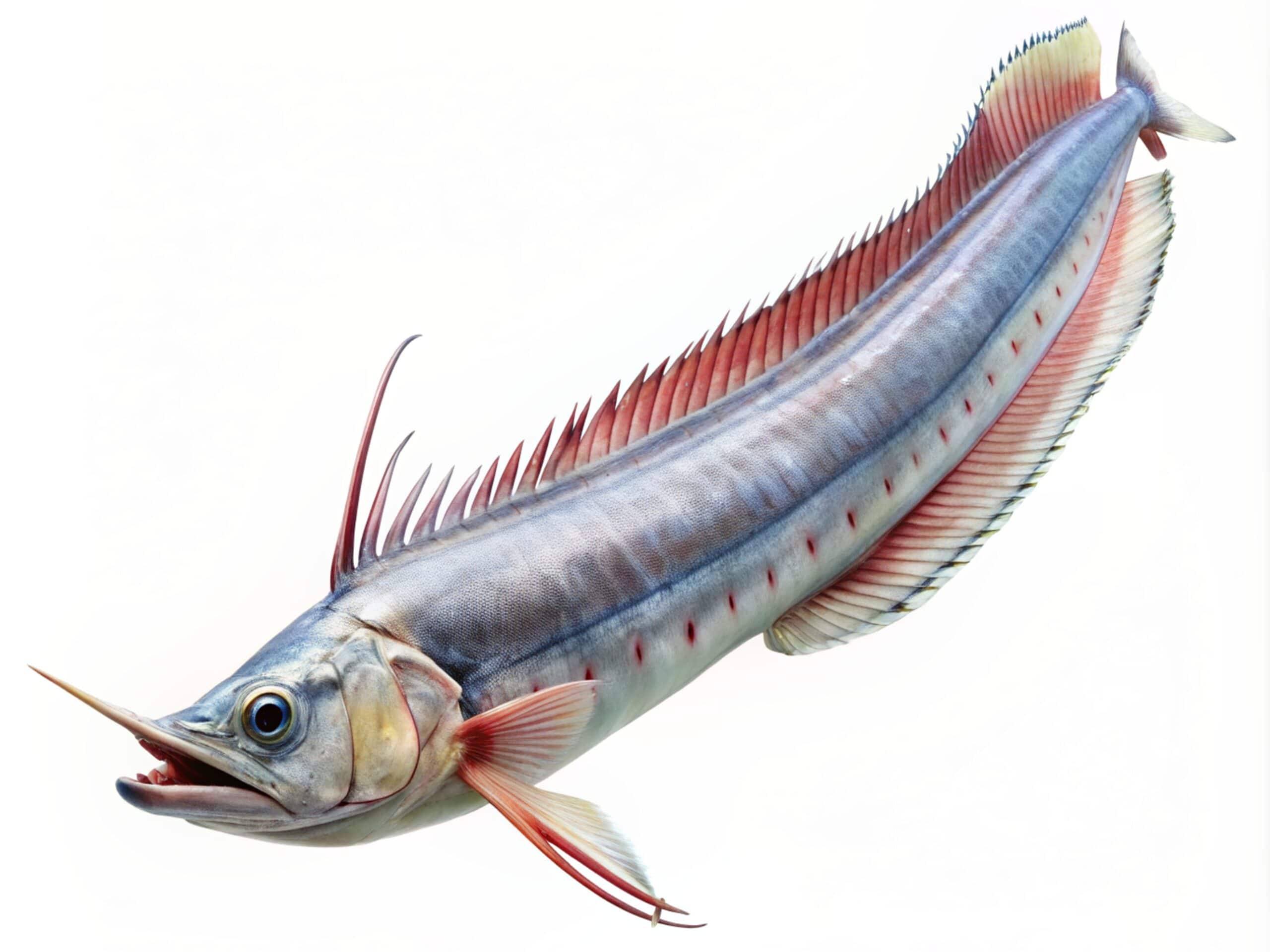
Giant oarfish (Regalecus glesne) are the longest bony fish in the world, capable of growing up to 56 feet. Rarely seen by humans, these deep-sea dwellers are believed to live at depths of around 3,300 feet. Their elongated, ribbon-like bodies and undulating movements have likely inspired sea serpent legends. Occasionally, oarfish are found stranded on shores, often preceding seismic activity, leading some to consider them natural earthquake predictors. However, their biology and behavior remain poorly understood.
Yonaguni Monument
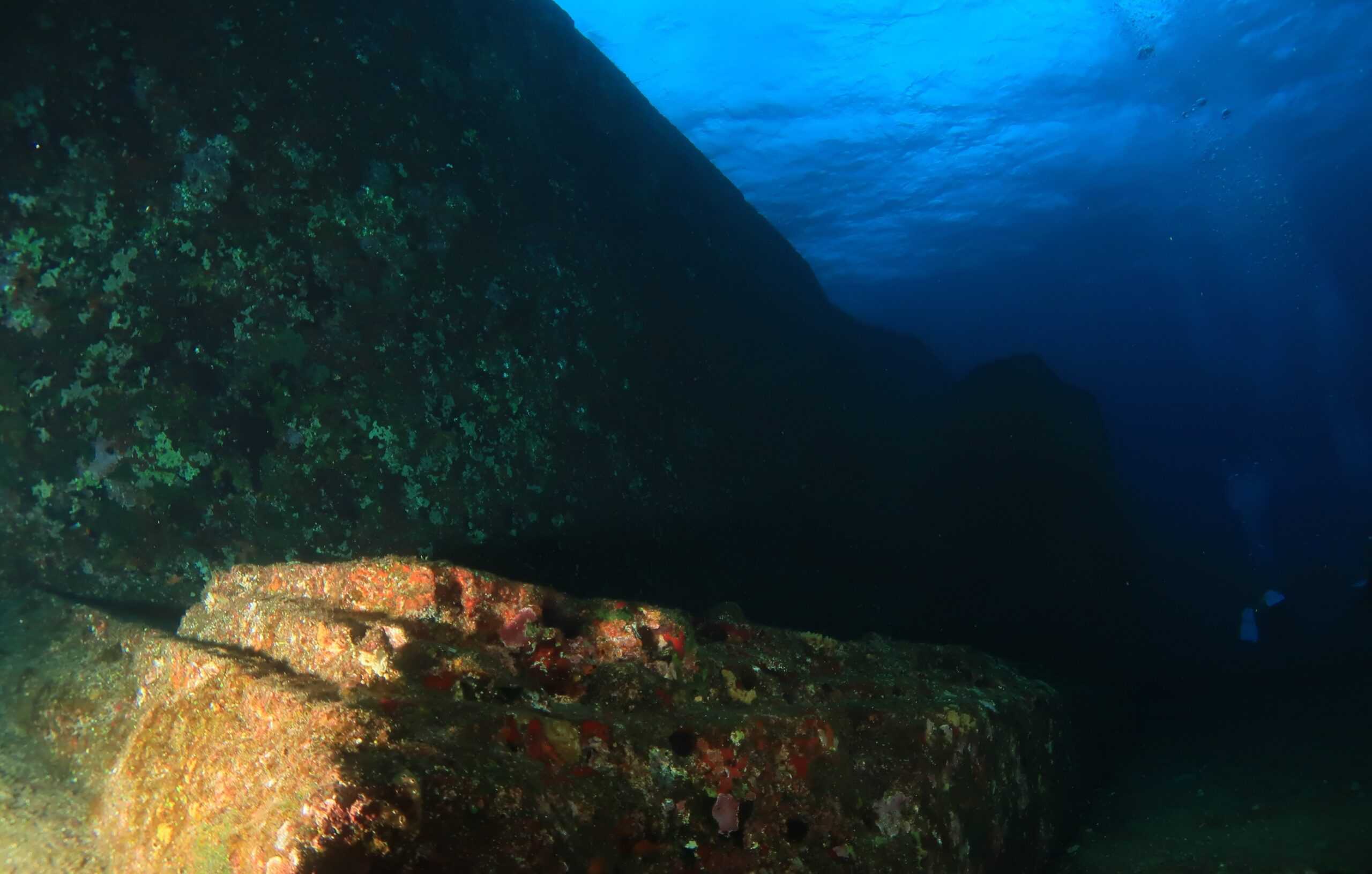
The Yonaguni Monument, located off the coast of Japan, is a submerged rock formation that resembles a series of steps and terraces. Discovered in 1986, its origins are hotly debated—some believe it to be the remnants of an ancient, sunken civilization, while others argue it is a natural formation sculpted by underwater currents and geological activity. Despite extensive diving expeditions and studies, the true nature of the Yonaguni Monument remains one of the ocean’s enduring mysteries.
This article originally appeared on Rarest.org.
More from Rarest.org
14 Unsung Musicians Who Influenced Popular Music

In the world of music, many influential artists often remain in the shadows, overshadowed by the more famous names they inspired. These unsung musicians have significantly shaped popular music, leaving an indelible mark on various genres. Read more.
17 Historic Libraries You Should Explore

Exploring historic libraries is a journey through time, offering a glimpse into the rich heritage of knowledge and culture. Read more.
20 Most Endangered Mammals in the Wild

The natural world is home to countless remarkable mammals, many of which are facing the threat of extinction. Read more.
